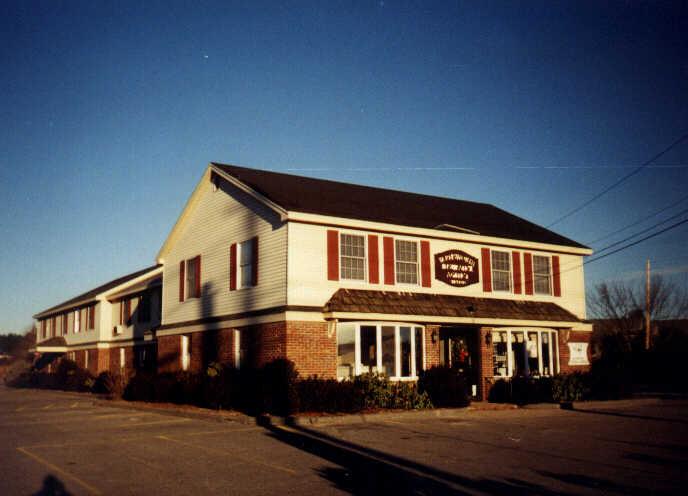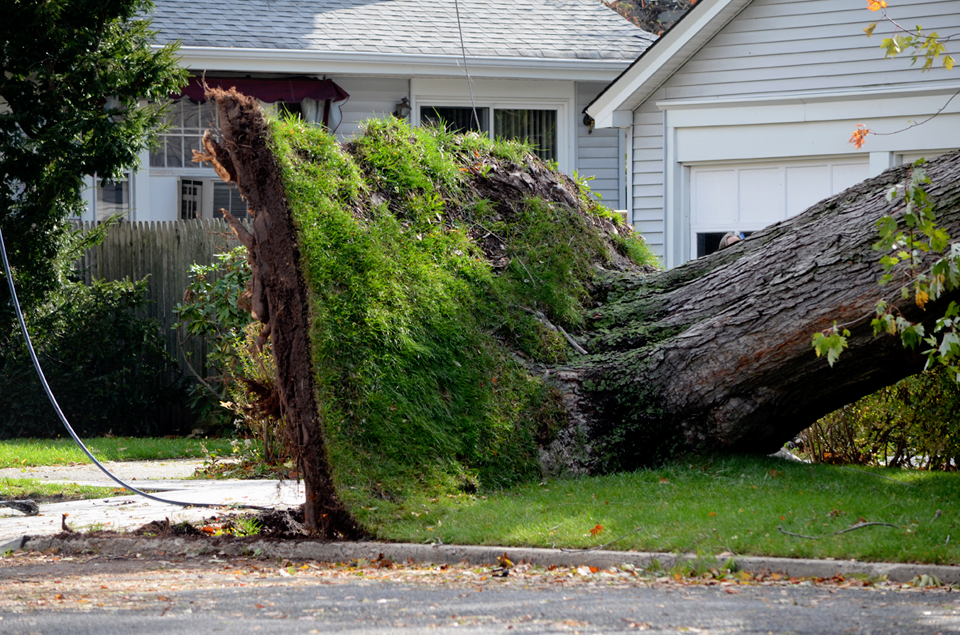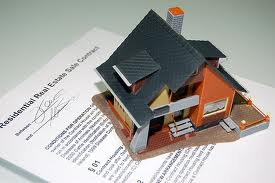Home purchasers in New York State often request warranties in connection with their home purchase. However, depending upon the type of property purchased, warranties on general construction and mechanical systems will not be obtainable. Without an express and separate warranty, any representations made in the contract of sale with respect to property condition will expire upon the delivery of the deed at closing. As such, the purchaser must generally discover all property defects prior to receiving the deed in order to expect a remedy from the seller. New York is a “caveat emptor” jurisdiction, meaning that buyers generally take title without a seller’s warranty as to condition and without recourse if the buyer discovers unacceptable conditions after the closing.
The most common warranty that is realistic for a New York real estate purchaser to obtain applies to new construction of a home to be used as the primary residence of the purchaser, who is also the first person to live in the home. In this instance, the warranty will have a monetary limit and will expire in stated periods of time depending on the type of item. A standard new home warranty will cover construction defects, flaws in the plumbing, electrical, heating, cooling and ventilation systems servicing the home and material defects. A new home warranty typically excludes appliances, which are covered by the manufacturer’s warranty. However, if the builder installed the appliances improperly, the purchaser can rightfully bring a claim under the new home warranty. A homeowner making a claim must follow the notice deadlines specified in the warranty and afford the builder an opportunity to inspect and correct the defect, as outlined in the warranty.
Most purchasers in New York acquire a home that is “used”, having already been lived in by someone else. The standard contract provision in New York states that all warranties and representations made by the seller expire upon the delivery of the deed, unless they are expressly stated to survive the delivery of the deed. This means that once the deed is delivered at the closing, the purchaser is accepting any conditions that may exist at the property. As such, the purchaser should thoroughly inspect the property immediately before the closing. Any condition that could have been discovered becomes the purchaser’s problem once the closing has concluded. In any event, a purchaser of a used home should receive the benefits of manufacturers’ warranties with respect to appliances.
 Recently, there have been several news stories regarding Yankees’ superstar Alex Rodriguez and his contract. For those unfamiliar with the situation, Rodriguez, who has admitted using performance-enhancing drugs during his tenure with his former team, has been linked to a Florida company that allegedly supplied additional performance-enhancing substances in recent years. Rodriguez has denied these allegations.
Recently, there have been several news stories regarding Yankees’ superstar Alex Rodriguez and his contract. For those unfamiliar with the situation, Rodriguez, who has admitted using performance-enhancing drugs during his tenure with his former team, has been linked to a Florida company that allegedly supplied additional performance-enhancing substances in recent years. Rodriguez has denied these allegations.



 New Yorkers who purchase an apartment typically buy what is known as a cooperative (“Co-op”) or condominium (“Condo”). There are important legal distinctions between a cooperative and a condominium that are notable during the purchase process and after the closing of the transaction. This blog post addresses these distinctions.
New Yorkers who purchase an apartment typically buy what is known as a cooperative (“Co-op”) or condominium (“Condo”). There are important legal distinctions between a cooperative and a condominium that are notable during the purchase process and after the closing of the transaction. This blog post addresses these distinctions. Fences can be seen enclosing many properties in New York State, but are often not within the legal property line. When a fence is erected, a property owner should have a staked survey prepared and the fence installed consistent with the property line as shown on said survey. Of course, many people do not know that surveying is a prudent means by which to install a fence or do not wish to incur this expense. As a result, many fences may be installed over another person’s property line. This may not be discovered until a neighbor attempts to sell his property and the neighbor’s buyer conducts a title search and survey, discovering that the selling party is out of possession as to a portion of his property. If the portion that is out of possession is less than six inches, most title companies will insure such an exception to coverage. If the out of possession portion is more than six inches, the selling party will need to request an affidavit from the encroaching neighbor stating that they know their fence encroaches beyond their property line and that they make no legal claim to the encroaching portion. This affidavit will allow the title company to insure as if the encroachment were less than six inches.
Fences can be seen enclosing many properties in New York State, but are often not within the legal property line. When a fence is erected, a property owner should have a staked survey prepared and the fence installed consistent with the property line as shown on said survey. Of course, many people do not know that surveying is a prudent means by which to install a fence or do not wish to incur this expense. As a result, many fences may be installed over another person’s property line. This may not be discovered until a neighbor attempts to sell his property and the neighbor’s buyer conducts a title search and survey, discovering that the selling party is out of possession as to a portion of his property. If the portion that is out of possession is less than six inches, most title companies will insure such an exception to coverage. If the out of possession portion is more than six inches, the selling party will need to request an affidavit from the encroaching neighbor stating that they know their fence encroaches beyond their property line and that they make no legal claim to the encroaching portion. This affidavit will allow the title company to insure as if the encroachment were less than six inches. Prevailing law in New York State favors the making of a Last Will and Testament. The person making the Will (called the testator) may leave his property to any person that he chooses. However, those who would inherit if the testator did not make a Will, known as intestacy, have the
Prevailing law in New York State favors the making of a Last Will and Testament. The person making the Will (called the testator) may leave his property to any person that he chooses. However, those who would inherit if the testator did not make a Will, known as intestacy, have the 
 Recent extreme weather conditions in the New York metropolitan area have caused great hardship for many of its residents. We hope that those individuals and families who suffered damage or destruction of their residences are in the process of recovery. This blog post will discuss some of the legal issues which may arise from some of the results of the “super-storm.”
Recent extreme weather conditions in the New York metropolitan area have caused great hardship for many of its residents. We hope that those individuals and families who suffered damage or destruction of their residences are in the process of recovery. This blog post will discuss some of the legal issues which may arise from some of the results of the “super-storm.”  Residential real estate contracts in New York State are prepared and negotiated by attorneys, rather than by other real estate professionals such as real estate brokers. This custom allows the opportunity for parties to real estate transactions to have professionally prepared contracts, serving as the road map for the entire transaction. There are particular provisions in a typical New York residential real estate contract of which our readers should be aware.
Residential real estate contracts in New York State are prepared and negotiated by attorneys, rather than by other real estate professionals such as real estate brokers. This custom allows the opportunity for parties to real estate transactions to have professionally prepared contracts, serving as the road map for the entire transaction. There are particular provisions in a typical New York residential real estate contract of which our readers should be aware.